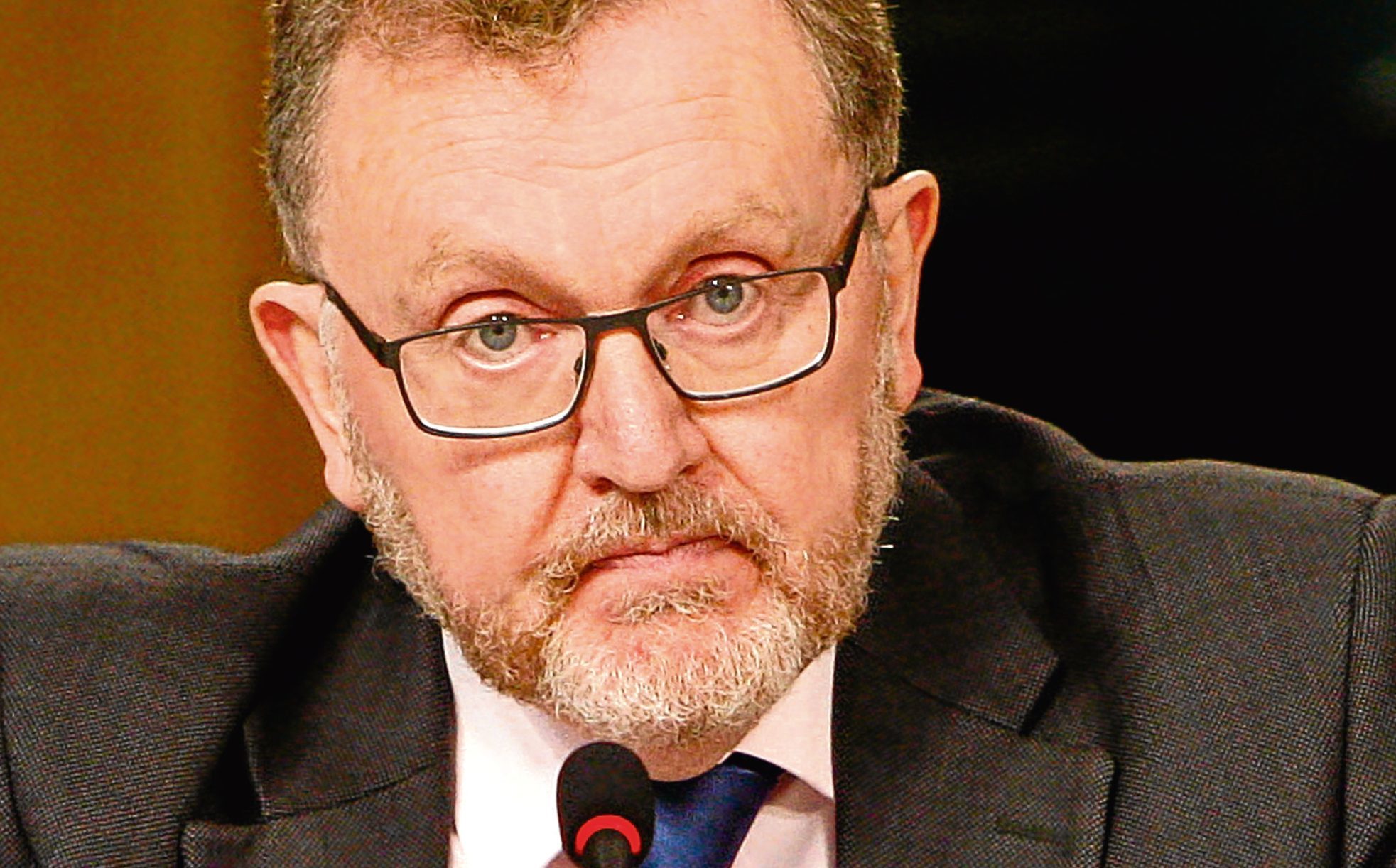
THE SNP’s Pete Wishart isn’t one to mince his words – and this week was no different.
“About as much use as Emu without Rod Hull,” was how he described David Mundell in the Commons on Thursday.
The jibe topped off a terrible few days for the Scottish secretary who came under fire over the Tories’ £1 billion deal with the Democratic Unionist Party.
While the Nationalists are never backwards in coming forwards when it comes to criticising the Conservatives, on this occasion the mess seems to have been of his own making.
As the confidence and supply agreement was being finalised behind the scenes, he repeatedly insisted he would not support funding that “deliberately sought to subvert the Barnett rules”.
And in an interview with The Sunday Post last week he went further, indicating Scotland would get a windfall if any extra cash went to Northern Ireland.
“I’m not going to agree to anything that could be construed as back-door funding to Northern Ireland,” he declared.
“Any funding that goes to Northern Ireland, then Barnett rules will ensure the appropriate funding comes to Scotland.”
Fast forward a few days, however, and it emerged this would not be the case.
Of course, the UK Government was quick to point out that the formula had not been undermined, stressing it did not work in reverse. It also highlighted previous allocations to Scotland outwith Barnett.
The back-door funding comment was harder to explain away though.
While the Tories rejected the characterisation of the agreement as underhand, opponents reacted with fury, branding the £1 billion a “bribe” from a minority government desperate to cling on to power.Whoever’s side you take, if this was the Government’s plan all along, it is odd that Mr Mundell spoke in such encouraging terms.
What could be gained from doing so? It suggests that either he wasn’t kept in the loop or his representations were ignored.
Both explanations seem strange in light of the influence the now 13-strong group of Scottish Tory MPs should be able to exert.
The wider episode has been damaging for the Conservatives on a number of levels.
Not only did it create the impression that Scotland’s interests are not a priority, it united Labour and the SNP in condemnation and showed the Government wasn’t concerned about pitting one part of the UK against the others.
More significantly, however, the deal has blown a hole in the claim that austerity is a necessity rather than ideologically motivated.
The DUP on the other hand can – for now at least – enjoy the role of the conquering heroes, having secured the extra funding, surely a pretty good example of what it means to stand up for your constituents?
Clearly a pact between the SNP and Tories was never likely, but you could argue the former missed a trick.

Enjoy the convenience of having The Sunday Post delivered as a digital ePaper straight to your smartphone, tablet or computer.
Subscribe for only £5.49 a month and enjoy all the benefits of the printed paper as a digital replica.
Subscribe